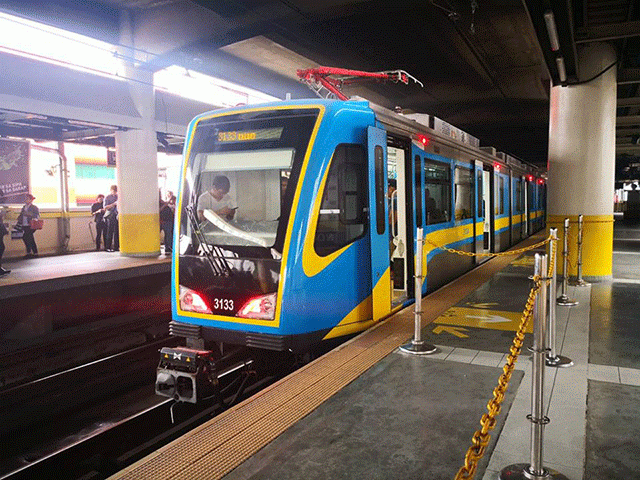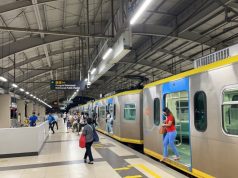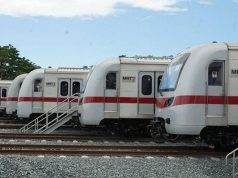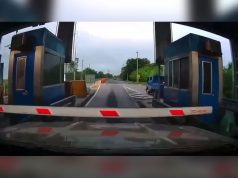Train systems can malfunction from time to time but it should not cripple the daily commute of millions of workers in Metro Manila.
This view was discussed in the comments section of a Reddit post on a left-leaning group’s declaration of a “mass transport crisis.”
These conversations came after the three main train lines, LRT-1, LRT-2 and MRT-3 encountered technical issues in a span of a few weeks.
Reddit user @rrralf shared that authorities should have had backup plans when incidents such as the LRT-2 fire happen.
“The Aurora boulevard incident that rendered the LRT-2 disabled was unexpected, but it does happen. Trains break down, railway lines as well, from time to time. But when these units of transport do break down, the metro is not supposed to be crippled, because there should be allowances in other modes of transport that should pick up the slack. Pero wala e,” the Reddit user said.
The user also cited the lack of initiative to improve and maintain the train systems as the factors that resulted into such damage.
“It’s not that these problems are only occurring just now. Terribly shortsighted to pin this down on any single entity,” the user said.
Similarly, another Reddit user also said that these events were the consequences of the government’s lack of initiative to improve and maintain the systems over the years.
“Let’s say that 1 of the 2 lines would intersect somewhere Cubao and Anonas, and the other with Katipunan/Santolan, damage on LRT 2 would not be this much damage since the other 2 lines would carry the displaced passengers. I’m not saying it’s any president’s fault, but lack of planning and infrastructure is what caused this mass transport crisis,” user @SciasUnderground said.
The oldest of the three, the line 1 of LRT, closed its Balintawak and Roosevelt stations on October 3 due to mechanical issues.
On the same day, the rectifier-transformer of line 2, which was supposed to be an MRT, between Katipunan and Anonas stations caught fire which caused operations to shut down for the time being.
The MRT-3, meanwhile, has been suffering from glitches every now and then.
Both LRT-1 and LRT-2 are government-owned and operated by the Light Rail Transit Authority.
Meanwhile, the metro rail transit system is owned by a private company the Metro Rail Transit Corporation and operated under the Department of Transportation.
Commuters’ views on rehabilitation
Improving the country’s public transportation is one of the main goals of President Rodrigo Duterte through the massive “Build, build, build” infrastructure program.
In terms of heavy and light rail systems, the country signed a loan agreement with the Japan International Cooperation Agency for MRT’s repair and maintenance in 2018.
Meanwhile, the Light Rail Manila Corporation signed a deal with First Balfour Inc. and MRail Inc. for the rehabilitation of its 11 substations.
So far, the MRT extension from the North Avenue station to the future San Jose del Monte station in Bulacan and the LRT-2 extension to Antipolo are currently underway.
Commuters of the Philippines, an advocacy group on the country’s transportation, also suggested creating a National Transportation Safety Board or a unified body to oversee their operations.
Another group This is MRT-2 also advised to change the name of LRT-2 as a metro rail transit system given that its structure is for heavy rail trains rather than a light rail. Doing a simple change may have a significant operational effect, such as in facilitating the acquisition of parts and maintenance providers.
Transport crisis?
Activist Renato Reyes Jr. of Bayan described the worsening transport situation as a “mass transport crisis” on Twitter.
“We have a mass transport crisis as there are too few trains to ferry passengers to work and school. Of the limited trains we have, all three, LRT 1, LRT 2 and MRT 3, experienced glitches last week,” he said.
We have a mass transport crisis as there are too few trains to ferry passengers to work and school. Of the limited trains we have, ALL THREE – LRT 1, LRT 2 and MRT 3, experienced glitches last week. Hindi pa ba ito iimbesigahan ng Senado? Kamusta ang budget ng mga ahensya?
— Renato Reyes, Jr. (@natoreyes) October 7, 2019
He later went on and stressed that there is no “quick fix” to these problems which were caused by years of neglect by various stakeholders.
“Decades of neglect and profit-driven projects have resulted in accumulated problems which the current generation of commuters must deal with. Instead of long-term plans, regimes settled for profitable short-term projects,” Reyes said.
“In the long-term, government must fund the construction of more train systems and ensure these are treated as public utilities and not businesses. All modes of transportation should eventually be integrated to allow their optimum or efficient use by commuters,” Reyes added.










